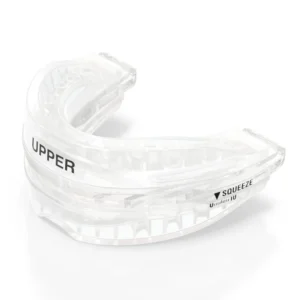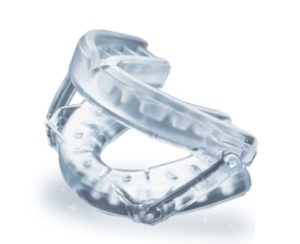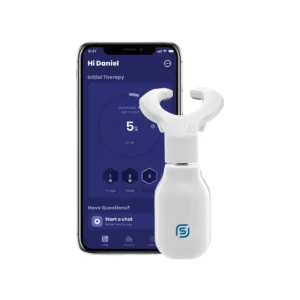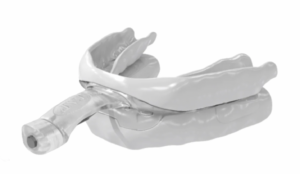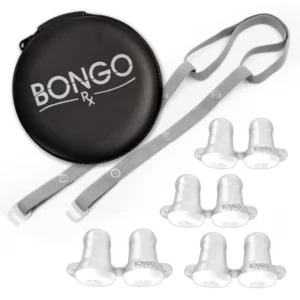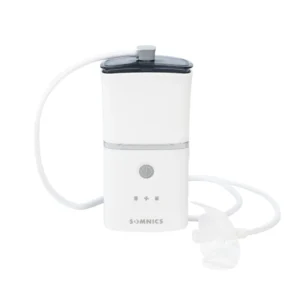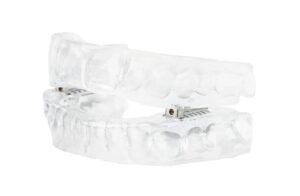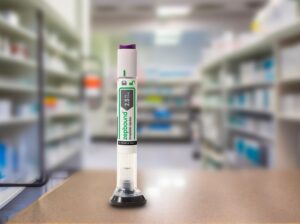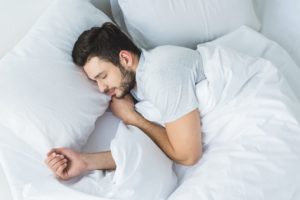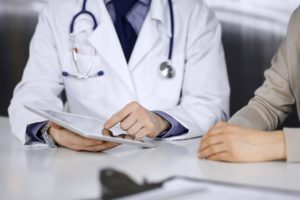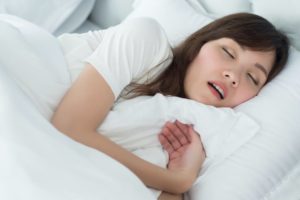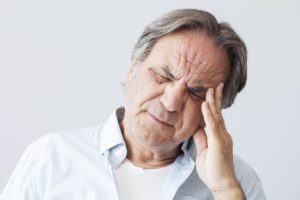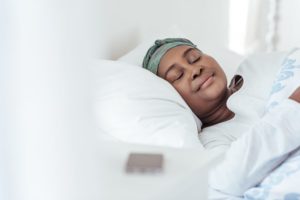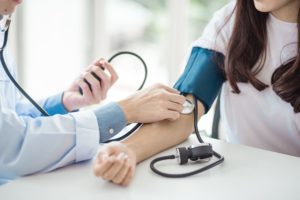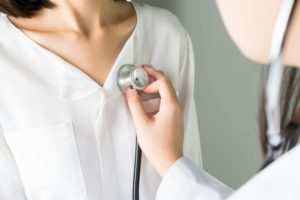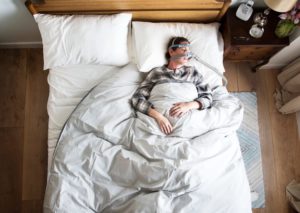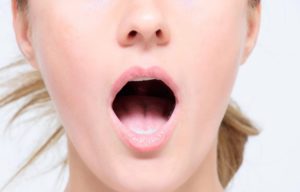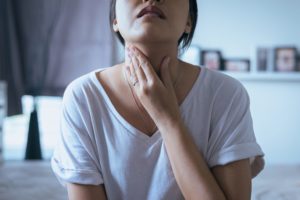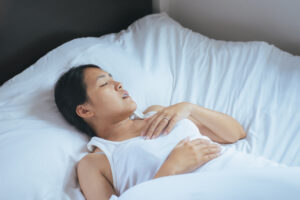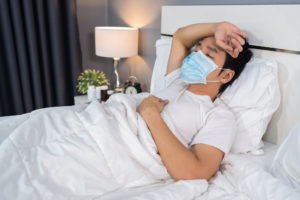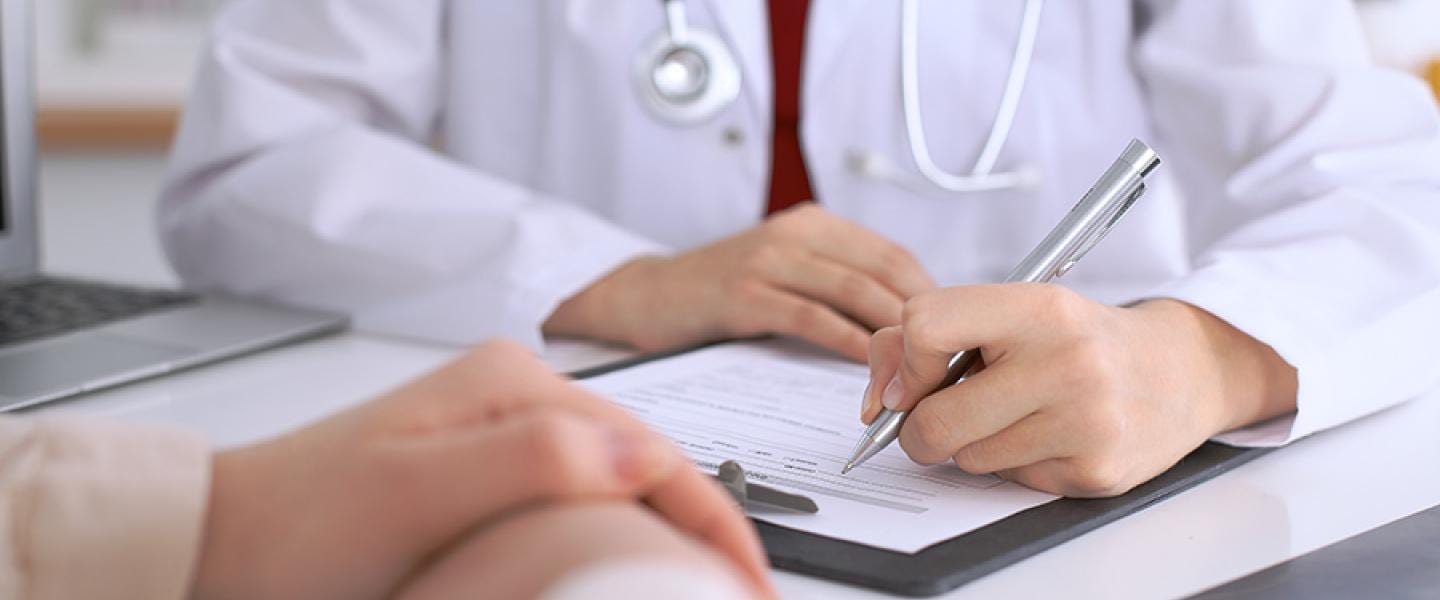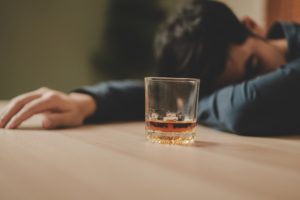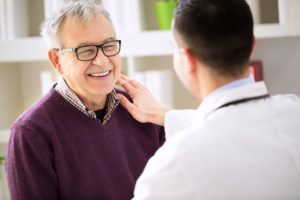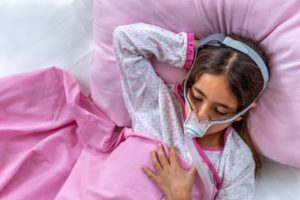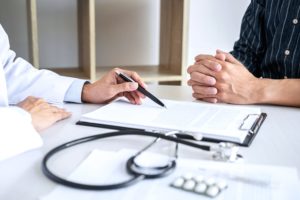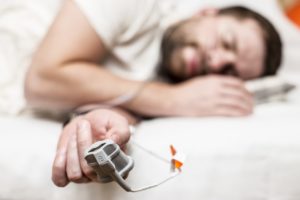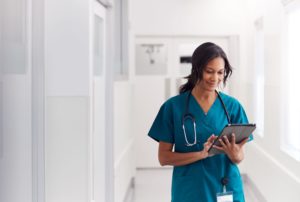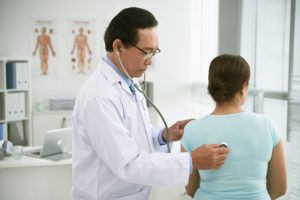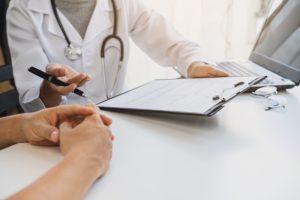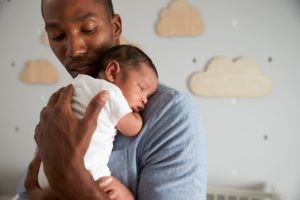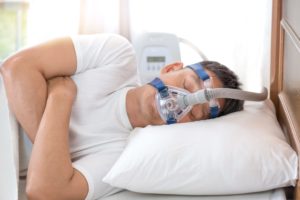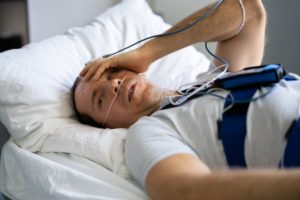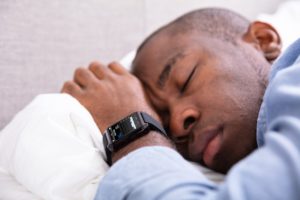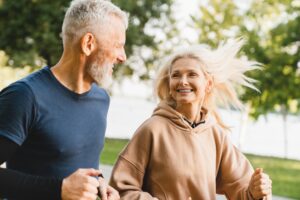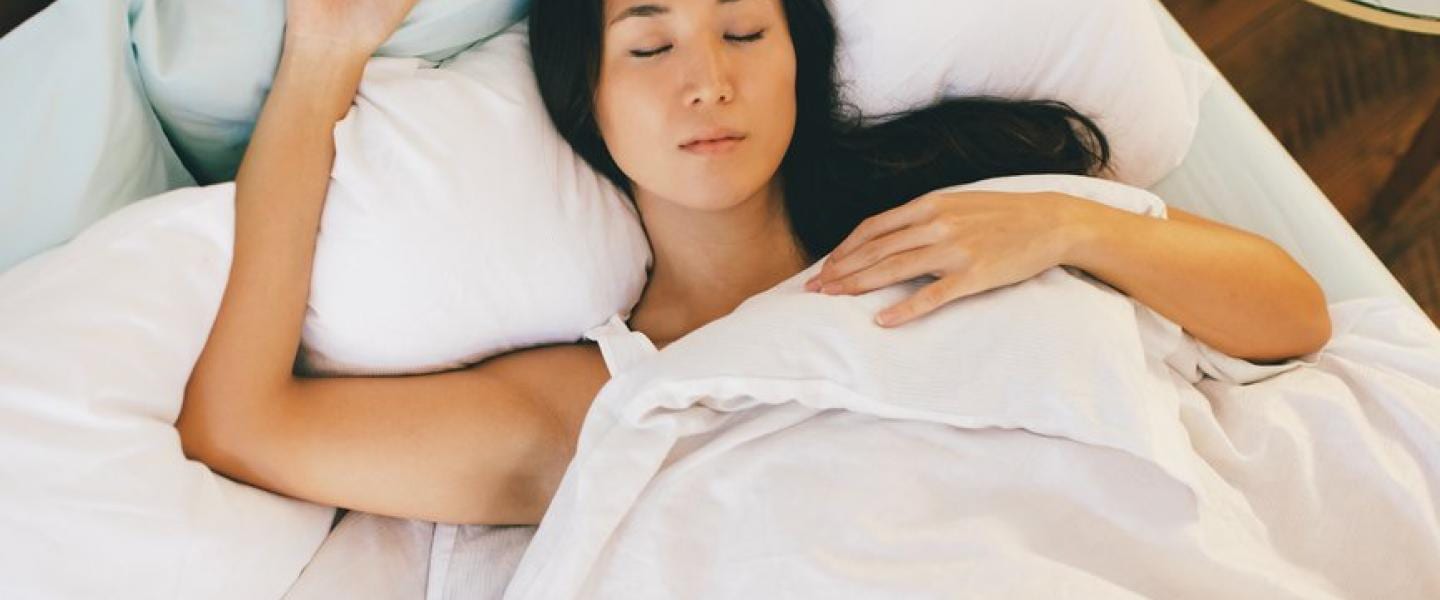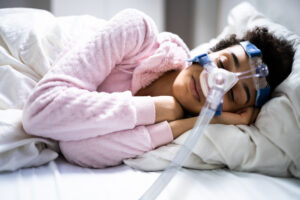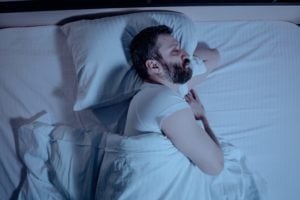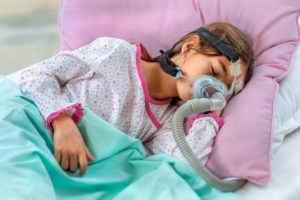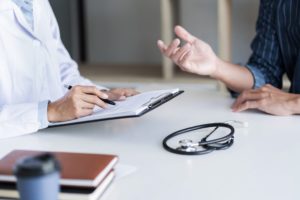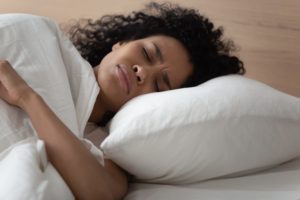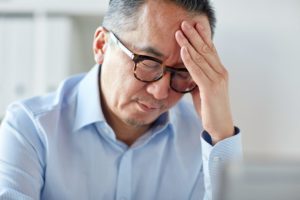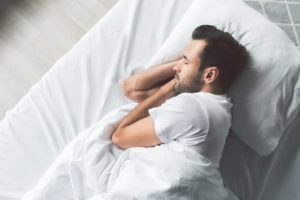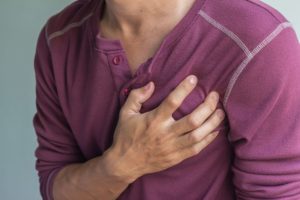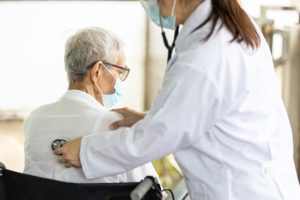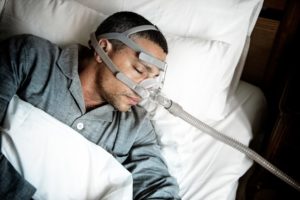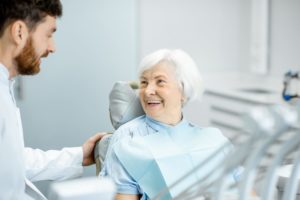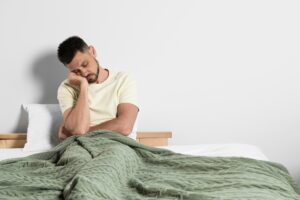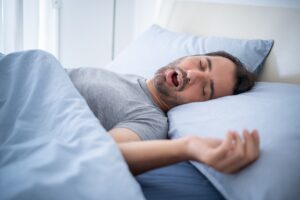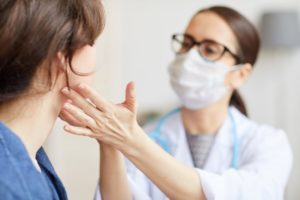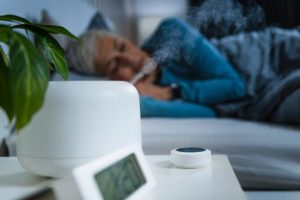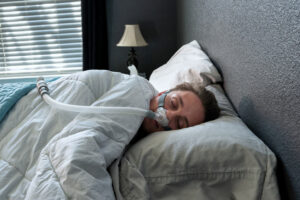When you buy through our links, we may earn a commission. Products or services may be offered by an affiliated entity. Learn more.
Sleep Apnea Treatments Without CPAP
- Alternatives to CPAP for sleep apnea include different PAP machines, oral appliances, behavioral changes, and surgery.
- Treatment should be based on individual circumstance and should be discussed with a healthcare professional.
- Alternative treatments may be recommended only after trying CPAP and finding it is not suitable for your situation.
If you breathe irregularly as you sleep, wake up gasping for breath, or feel excessively sleepy during the day, you may be experiencing symptoms of sleep apnea.
Obstructive sleep apnea (OSA) affects between 10% and 30% of adults in the United States and up to 5% of children. If you are diagnosed with obstructive sleep apnea, your health care provider may prescribe a continuous positive airway pressure (CPAP) machine for treatment. A CPAP machine delivers pressurized air as you sleep to ensure your airway stays open.
However, CPAP machines are not the only treatment for OSA. Your doctor can help you determine what treatment might work best for you.
Alternative PAP Therapies
Though CPAP therapy is the most commonly recommended treatment for sleep apnea, there are other options that people with sleep apnea can discuss with their doctor.
CPAP machines deliver a constant stream of air at the same level throughout the night. Some people may find this pressure uncomfortable, and there are alternative PAP machines and emerging treatments that may be considered.
- BiPAP: Bilevel positive airway pressure (BiPAP) machines allow for different pressure settings for inhalation and exhalation. Users who find it uncomfortable to exhale against the constant pressure of a CPAP machine may prefer the lower expiratory pressure on a BiPAP machine.
- APAP: An auto-adjusting positive airway pressure (APAP) machine, or auto-CPAP, responds to changes in the user’s breathing patterns.
- EPAP: Expiratory positive airway pressure (EPAP) therapy is a newer alternative to CPAP. Instead of using a machine that delivers pressurized air, a nasal EPAP device uses valves to create air pressure when the user exhales, keeping the upper airway from collapsing.
- Emerging treatments: Research into emerging treatments is ongoing. CPAP alternatives such as continuous negative external pressure (cNEP) and oral pressure therapy (OPT) may be effective at treating OSA.
Sleep Apnea Mouth Guards
Oral appliances can address anatomical factors that contribute to sleep apnea, such as a small lower jaw or a tongue that obstructs the airway.
Mandibular Advancement Devices
Mandibular advancement devices cover the upper and lower teeth and keep the jaw in a position that prevents it from blocking the upper airway. These devices are silent, easy to use, and less expensive than CPAP machines. However, mandibular advancement devices work best for people who have mild OSA or those who experience OSA only when sleeping on their back.
Tongue Retaining Devices
Tongue retaining devices keep the tongue forward so that it does not block the airway. These devices also help reduce the number of apnea events experienced, although studies have shown issues with compliance. People tend to prefer mandibular advancement devices over tongue retaining devices.

Home Remedies and Changes
At-home changes can help manage sleep apnea symptoms and may also help people who want to lower their risk of developing sleep apnea. Home remedies are typically complimentary to a doctor’s recommended approach for treating sleep apnea and are not enough to treat moderate to severe cases of sleep apnea.
Sleep Position
Sleeping in a supine position, or back sleeping, can increase the number of apnea episodes a person has in a night. In this sleep position, the tongue and larynx can obstruct breathing . One study found that nearly 62% of people with OSA have supine-predominant sleep apnea.
Instead of back sleeping, experts recommend side sleeping to reduce the impacts of OSA. Studies have shown that patients who wear devices that alert them when they are on their backs have fewer apnea events . However, adherence to use of these devices is an issue, and the technology itself needs improvement.
Weight Loss and Exercise
Obesity is a risk factor for OSA, but the relationship between weight and sleep apnea is complex. It is important to consult with a medical professional when considering weight loss to treat symptoms of sleep apnea.
Research shows that losing excess weight can reduce the severity of OSA symptoms. A combination of a change in diet and moderate exercise may be recommended. However, weight loss alone cannot completely eliminate OSA.
People who lose weight and change their sleeping positions see better results than those who only lose weight.
Avoiding Alcohol
Alcohol use can worsen OSA symptoms in many people. The American Academy of Sleep recommends avoiding alcohol as one of the first steps in treating OSA, along with losing excess weight and changing sleep position.
Myofunctional Therapy
Myofunctional therapy, or therapy for facial and mouth muscles, may help reduce apnea events. This therapy includes exercises to strengthen the muscles in the tongue, soft palate, lips, and face. Correcting the position of the tongue can help prevent it from blocking the airway.
Surgery
A number of surgeries can reduce apnea events, though the evidence for their efficacy is limited to small studies.
- Maxillomandibular advancement: The upper and lower jawbones are repositioned to help keep the upper airway open.
- Uvulopalatopharyngoplasty: This surgery includes removal or repositioning of tissue from around the upper airway.
- Hypoglossal nerve stimulation: For this treatment, a surgeon inserts a stimulator into the nerve that controls tongue movement. When this nerve is stimulated, the tongue is positioned to keep the airway open.
- Adenotonsillectomy: Commonly, children who have OSA will have their tonsils and adenoids removed.
Why Use an Alternative to a CPAP Machine?
While CPAP machines are the most common treatment for OSA, people with the condition may seek out CPAP alternatives for a number of reasons. These concerns should be discussed with a doctor, who can offer advice on what alternatives may be more suitable.
- Cost: The machine’s out-of-pocket cost starts near $500 and can be up to $1,000 or more. Those who use insurance to get a CPAP machine may be required to enroll in a rent-to-own plan with strict compliance requirements.
- Compliance requirements: Insurers such as Medicare require CPAP machine users to adhere to a 30-day compliance period , using the machine for at least four hours a night on 70% of nights. CPAP users may struggle to meet these requirements or feel it is an invasion of privacy.
- Side effects: Side effects vary among CPAP users. Some find the mask uncomfortable or experience dry mouth, red or itchy eyes, and a dry, stuffy, or runny nose. CPAP users and their sleeping partners may also be affected by noise caused by mask leaks. All of these side effects impact adherence, or how often a person uses their CPAP machine.
- Adherence: Adherence rates for CPAP machines may be as low as 50% .
Choosing a Treatment for Sleep Apnea
Talk to your health care provider about which treatments may be appropriate for you. Take note of your symptoms and sleep habits to help your doctor have a clear picture of how OSA affects your life. Together, you can develop a treatment plan to help reduce your apnea events.
Medical Disclaimer: The content on this page should not be taken as medical advice or used as a recommendation for any specific treatment or medication. Always consult your doctor before taking a new medication or changing your current treatment.

Still have questions? Ask our community!
Join our Sleep Care Community — a trusted hub of sleep health professionals, product specialists, and people just like you. Whether you need expert sleep advice for your insomnia or you’re searching for the perfect mattress, we’ve got you covered. Get personalized guidance from the experts who know sleep best.
References
16 Sources
-
Kline, L. R. (2022, June 1). Clinical presentation and diagnosis of obstructive sleep apnea in adults. In N. Collop (Ed.). UpToDate., Retrieved November 16, 2022, from
https://www.uptodate.com/contents/clinical-presentation-and-diagnosis-of-obstructive-sleep-apnea-in-adults -
Paruthi, S. (2022, April 15). Evaluation of suspected obstructive sleep apnea in children. In L. Wilkie (Ed.). UpToDate., Retrieved November 16, 2022, from
https://www.uptodate.com/contents/evaluation-of-suspected-obstructive-sleep-apnea-in-children -
UpToDate. (2021, July 8). Patient education: Sleep apnea in adults (Beyond the basics). UpToDate.
https://www.uptodate.com/contents/sleep-apnea-in-adults-beyond-the-basics -
Kryger, M. H. & Malhotra, A. (2022, August 11). Management of obstructive sleep apnea in adults. In N. Collop (Ed.). UpToDate., Retrieved November 22, 2022, from
https://www.uptodate.com/contents/obstructive-sleep-apnea-overview-of-management-in-adults -
Kram, J. A., Woidtke, R. V., Klein, K. B., & Rose, R. M. (2017). Evaluation of continuous negative external pressure (cNEP) for the treatment of obstructive sleep apnea: A pilot study. Journal of Clinical Sleep Medicine, 13(8), 1009–1012.
https://pubmed.ncbi.nlm.nih.gov/28633720/ -
Farid-Moayer, M., Siegel, L. C., & Black, J. (2013). Oral pressure therapy for treatment of obstructive sleep apnea: Clinical feasibility. Nature and Science of Sleep, 5, 53–59.
https://pubmed.ncbi.nlm.nih.gov/23750108/ -
National Heart, Lung, and Blood Institute. (2021). Sleep apnea., Retrieved May 13, 2021, from
https://www.nhlbi.nih.gov/health-topics/sleep-apnea -
Lee, C. H., Kim, D. K., Kim, S. Y., Rhee, C. S., & Won, T. B. (2015). Changes in site of obstruction in obstructive sleep apnea patients according to sleep position: A DISE study. The Laryngoscope, 125(1), 248–254.
https://pubmed.ncbi.nlm.nih.gov/25154495/ -
Joosten, S. A., Hamza, K., Sands, S., Turton, A., Berger, P., & Hamilton, G. (2011). Phenotypes of patients with mild to moderate obstructive sleep apnoea as confirmed by cluster analysis. Respirology, 17(1), 99–107.
https://pubmed.ncbi.nlm.nih.gov/21848707/ -
Ravesloot, M. J. L., van Maanen, J. P., Dun, L., & de Vries, N. (2012). The undervalued potential of positional therapy in position-dependent snoring and obstructive sleep apnea—a review of the literature. Sleep and Breathing, 17(1), 39–49.
https://pubmed.ncbi.nlm.nih.gov/22441662/ -
Ramar, K., Dort, L. C., Katz, S. G., Lettieri, C. J., Harrod, C. G., Thomas, S. M., & Chervin, R. D. (2015). Clinical practice guideline for the treatment of obstructive sleep apnea and snoring with oral appliance therapy: An update for 2015. Journal of Clinical Sleep Medicine, 11(07), 773–827.
https://pubmed.ncbi.nlm.nih.gov/26094920/ -
Weaver, E.M. & Kapur, V.K. (2021, May 14). Surgical treatment of obstructive sleep apnea in adults. In N. Collop (Ed.). UpToDate., Retrieved December 1, 2022, from
https://www.uptodate.com/contents/surgical-treatment-of-obstructive-sleep-apnea-in-adults -
U.S. Centers for Medicare & Medicaid Services. (n.d.) Continuous positive airway pressure (CPAP) devices, accessories, & therapy. Department of Health and Human Services., Retrieved November 21, 2022, from
https://www.medicare.gov/coverage/continuous-positive-airway-pressure-devices -
Naik, S., Al-Halawani, M., Kreinin, I., & Kryger, M. (2019). Centers for Medicare and Medicaid Services positive airway pressure adherence criteria may limit treatment to many Medicare beneficiaries. Journal of Clinical Sleep Medicine, 15(02), 245–251.
https://pubmed.ncbi.nlm.nih.gov/30736874/ -
Rotty, M. C., Suehs, C. M., Mallet, J. P., Martinez, C., Borel, J. C., Rabec, C., Bertelli, F., Bourdin, A., Molinari, N., & Jaffuel, D. (2021). Mask side-effects in long-term CPAP-patients impact adherence and sleepiness: The InterfaceVent real-life study. Respiratory Research, 22(1).
https://pubmed.ncbi.nlm.nih.gov/33451313/ -
Calik M. W. (2016). Treatments for obstructive sleep apnea. Journal of Clinical Outcomes Management, 23(4), 181–192., Retrieved November 22, 2022, from
https://pubmed.ncbi.nlm.nih.gov/27134515/


